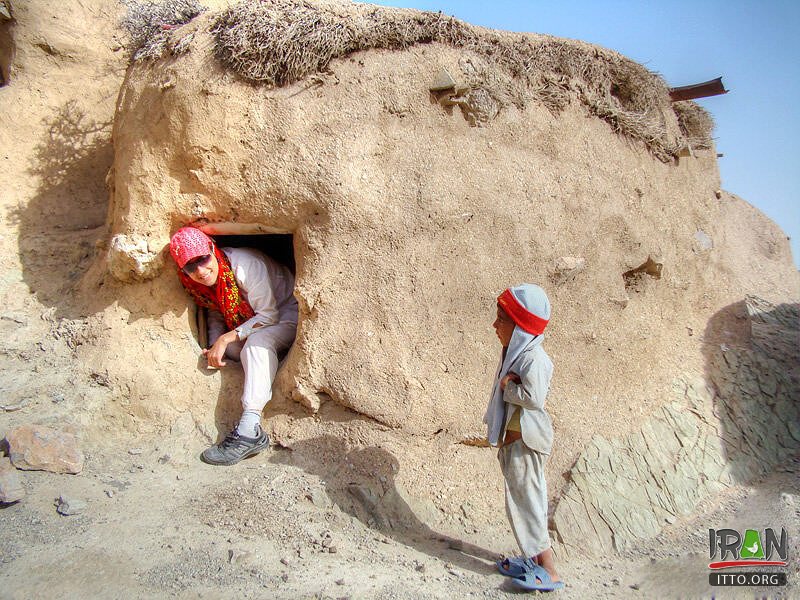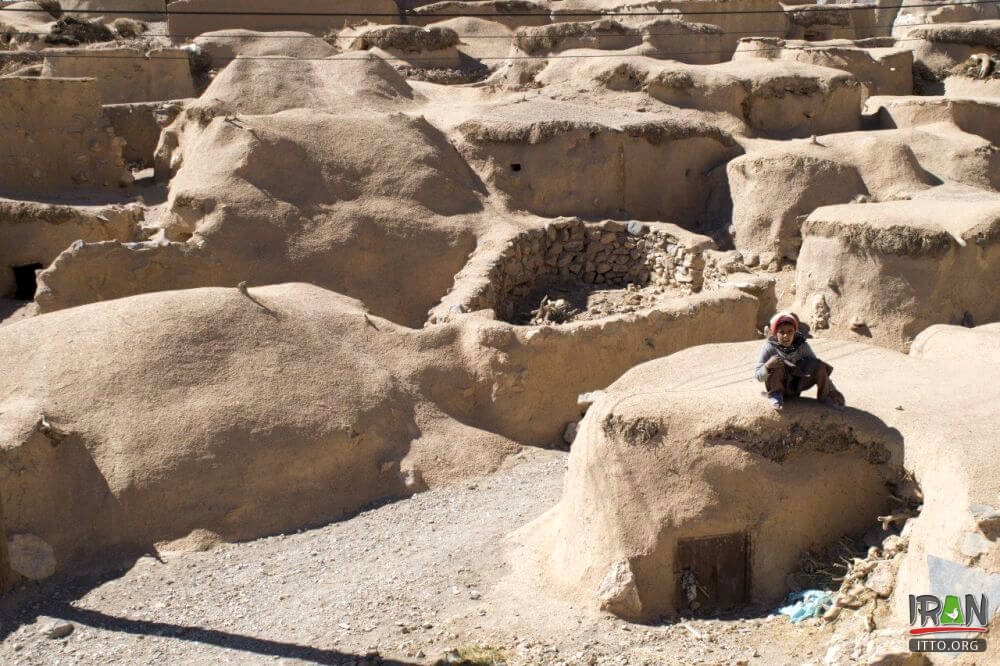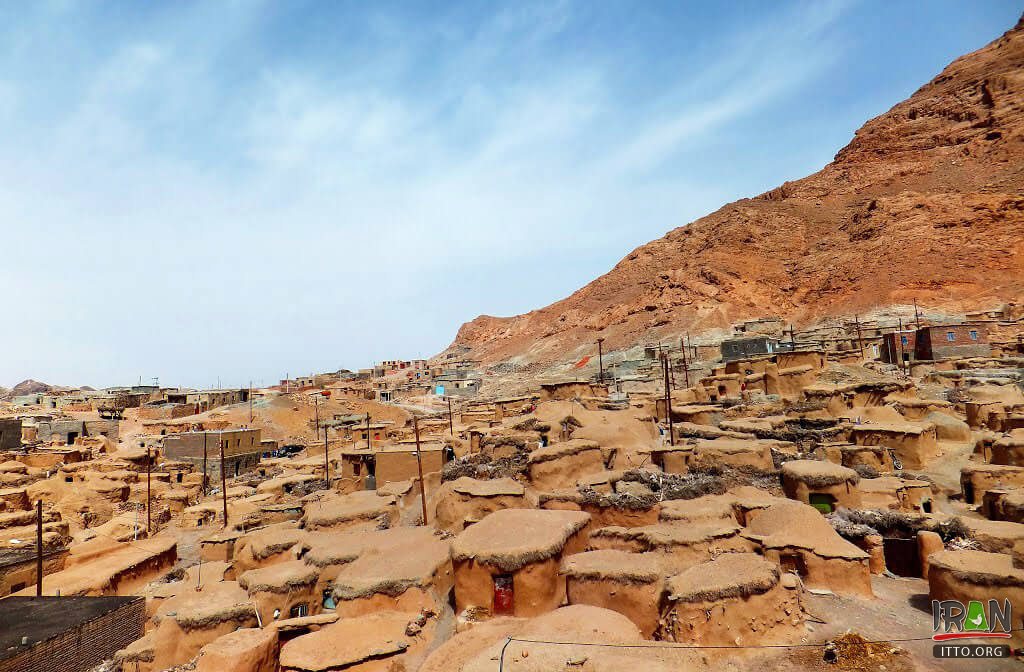Makhunik is a unique village in a remote corner in Iran’s South Khorasan Province which dates back to hundreds of years ago. This mysterious village commonly known as the land of Lilliputians, is one of the seven amazing world's villages by its remarkable architecture. It is located in Doreh rural district of Sarbisheh County, South Khorasan Province, near the Iran-Afghanistan border.

The village was inhabited by people of very short stature until about a century ago. Currently, it is home to roughly 200 adobe dwellings many of them are of exceptionally low height.
Makhunik is known to LILIPUT land because of its dwarf residents and the tales around them; people who have an Afghan nationality and migrated to the area several hundred years ago. Most of its inhabitants were hardly taller than one meter in the past. However, experts say only a handful of dwarf residents still live there. Researchers believes that marriages between close relatives, poor diet and drinking water laced with mercury had left the inhabitants of Makhunik half a meter short than the average height of that time. Makhunik’s residents have inherited short stature disease from their fathers, generation by generation.
It is said that, an Afghan man, along with his family left Afghanistan and came to Iran about 400 years ago. They sought refuge in the Makhunik area in search of a place to live and they settled in this land.

Makhunik is known to LILIPUT land because of its dwarf residents and the tales around them; people who have an Afghan nationality and migrated to the area several hundred years ago.
But this is not the only attractive feature. Makhunik is also popular for its ancient-style architecture as well as its unique tradition and culture. The residents of Makhunik built their houses based on architectural styles in the Neolithic Era. The buildings’ color once served as camouflage; it was impossible to spot them from the mountains at a distance.
If you walk through the narrow alleys of the village, you will see small adobe houses with very tiny walls and doors. These tiny houses have been built next to each other into the earth hollows on the slopes of the hills. They have been built of stone and soil, and their roof is covered with foliage and a short entrance gate.
The village is formed on a hill top which short houses pressed together in the valley. The house floor is one meter lower than the ground level and they have to bend down and pass the wooden doors to enter the house. Then they have to go down one or two steps to reach house floor. Despite all this, the architectural structure of Makhunik is not just bound to the small adobe and muddy houses. It has been years that today’s brick wall houses have reached Makhunik and have given a more modern color to the village.
Many domestic and foreign tourists visit the village at the moment and it is considered one of the target villages of Southern Khorasan.

Some sources say that the village dates back to thousands of years ago and that the village has an ancient history. The rock relief discovered near the Makhunik Qanat and the depiction on it is one of the evidence of such claims.
There are three narrations about the name of the village. Some say it’s called “Makhunik” because of the cool weather it has.
On the other hand some people believe the name comes from a gap in the mountain near the village. Others believe that Makhunik is composed of two words namely “Moon” and “Dekhunik” (Pahlavi language) which consequently means the land of the moon.


